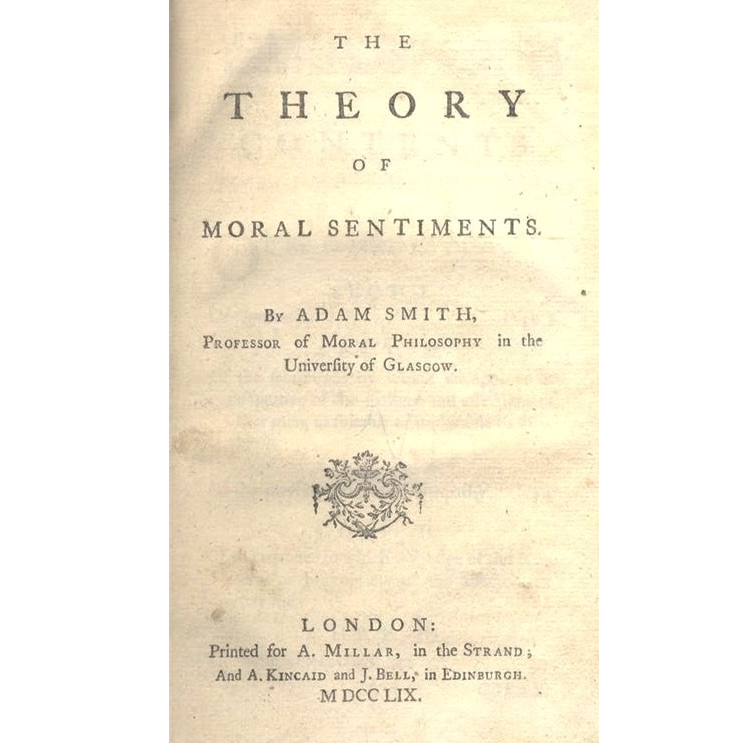Blog

SIC ITUR AD ASTRA—THOUGHTS ON P1 AND P2
Pericles said, “What you leave behind isn’t engraved in monuments of stone, but is woven into the lives of others.” Hopefully, we are all weaving SIAA into our own lives. But what is to become of your SIAA after you’re gone? SIAA is all about building. Will it still be a tool for someone to build, or will it find itself in a used bookstore in a bad part of town? Or on eBay as some of the FEI stalwarts chose as part of their ‘estate’ plan?

Online Meeting Regarding the Publication of Sic Itur Ad Astra: 9/15/2024
Spaceland Publications has no agenda. And by agenda, I mean, we aren’t taking what we're doing and claiming it's our property and trying to sell a bill of goods to anybody when, in fact, what we might have done is taken Professor Galambos’ work, twisted a few words here and there, presented it under a different name, and I think we all know the kind of people were talking about, whether it's today or all through Galambos’ life, that this happened to him. We are not doing that. We're not claiming that we have anything new. We have one mission statement, and that's it, and this is what we are here for, and this is what we are trying to do, and this is one of the reasons that we think that people should have no fear of us. We're not stealing anything. We don't want to steal anything. Our mission, our goal, is the survival, expansion, and advancement of the works of Andrew J. Galambos and William Martin.

Timeline of the Free Enterprise Institute & the Creation of Sic Itur Ad Astra
On March 14, 1961, Andrew J. Galambos founded The Free Enterprise Institute in Los Angeles, CA. On the 20th of April of that year, he delivered to a paying audience the first formal lecture of the Institute. That lecture and those to follow would constitute what Galambos called Course 100: “Capitalism—The Key to Survival!” That course soon became the antecedent to Course V-50: “Capitalism—The Liberal Revolution.” Course V-50 eventually consisted of 16 sessions plus three workshops. On April 28, 1961, he officially integrated volitional science. Originally, Galambos started with two basic theories. One being a cosmological theory of a stronger and more potent version of laissez-faire capitalism, and the other being a technological theory—the theory of primary property—which adds the major technology to facilitate and accomplish what is in the first theory. He merged these two theories in his mind into one theory as early as 1963. Eventually, V-50 together with V-201 became a unified theory, which he called the theory of volition.